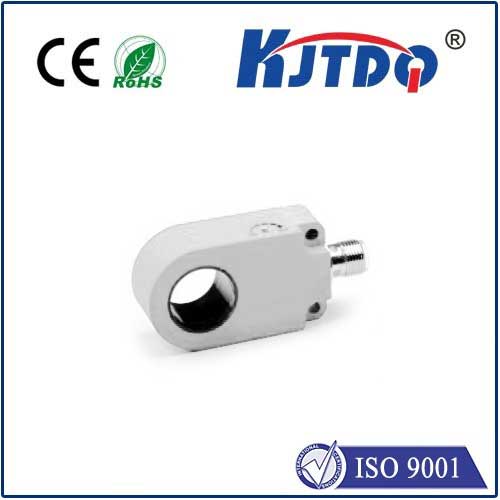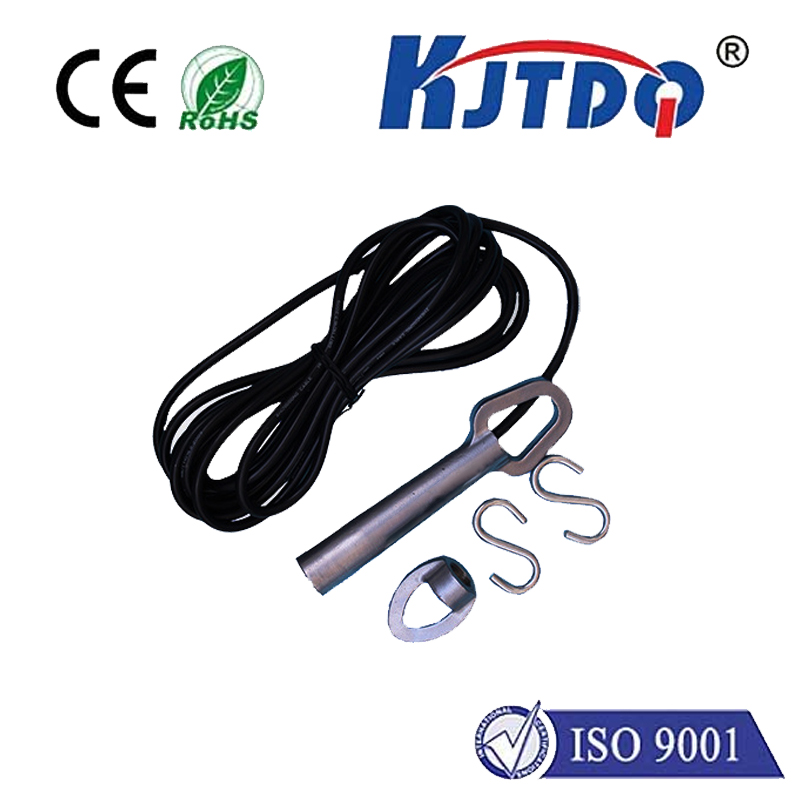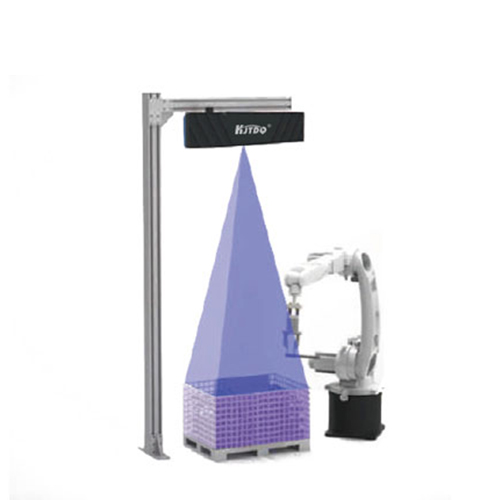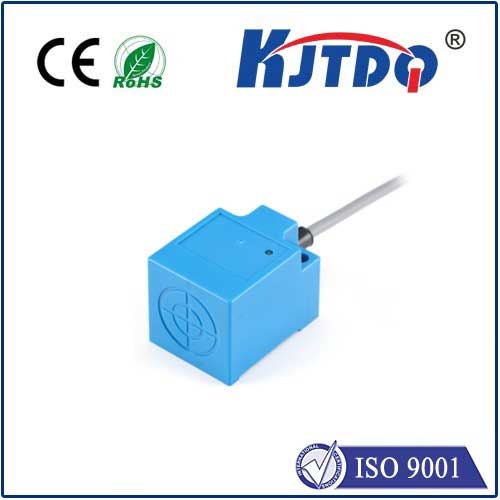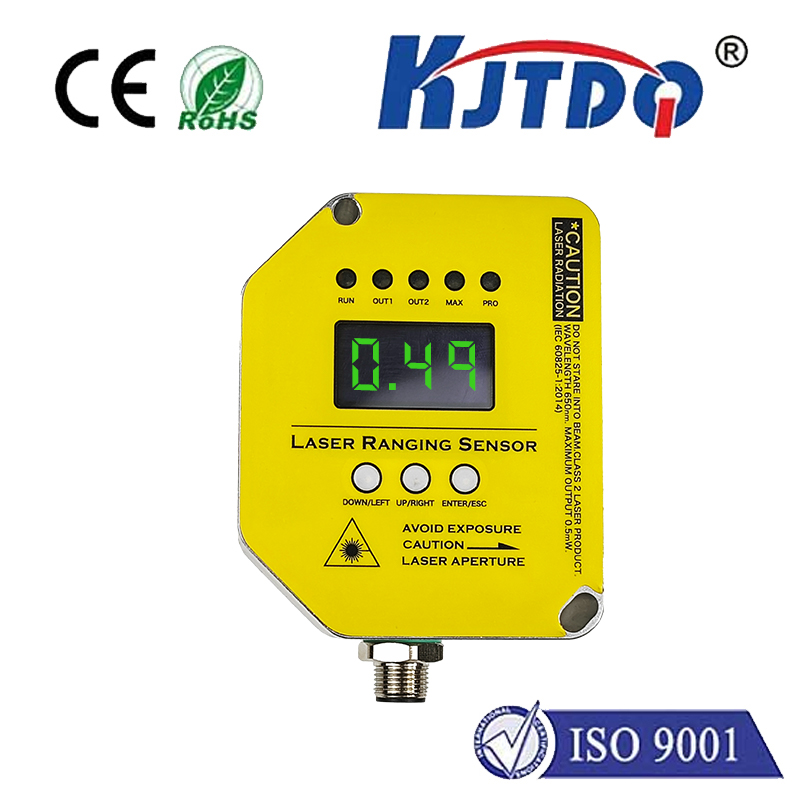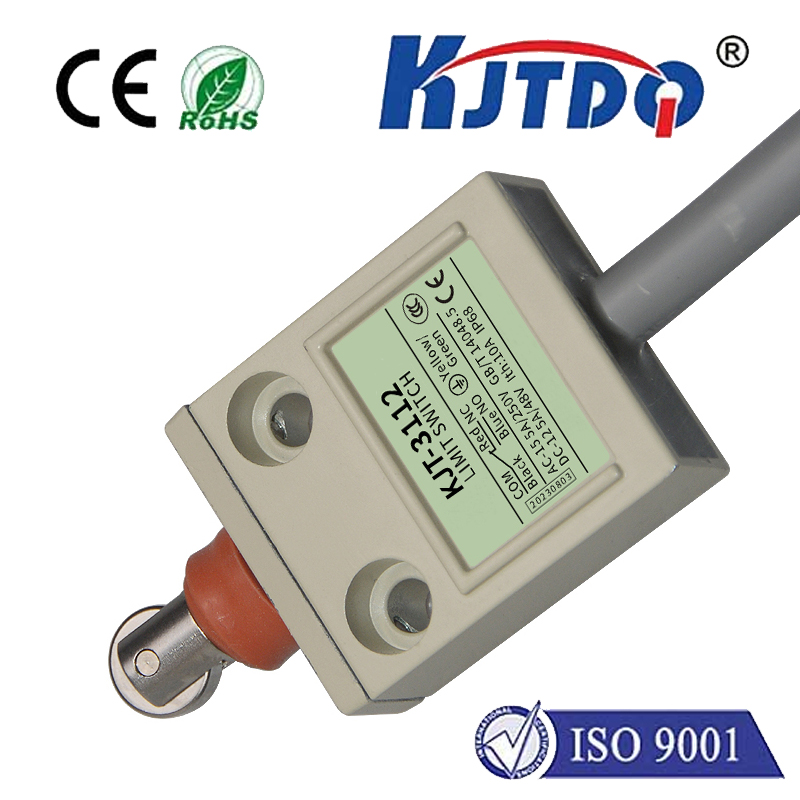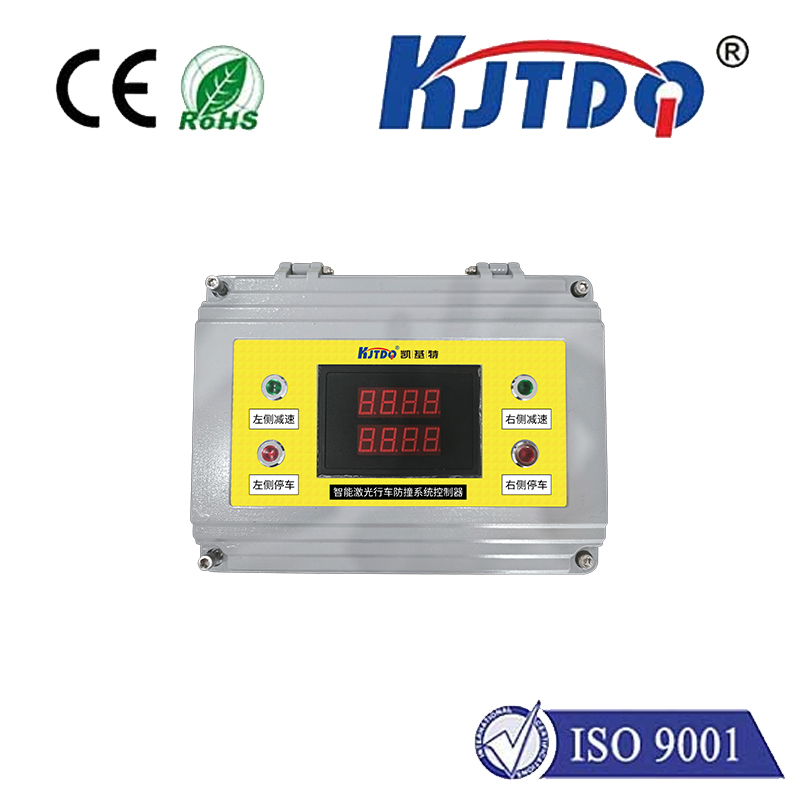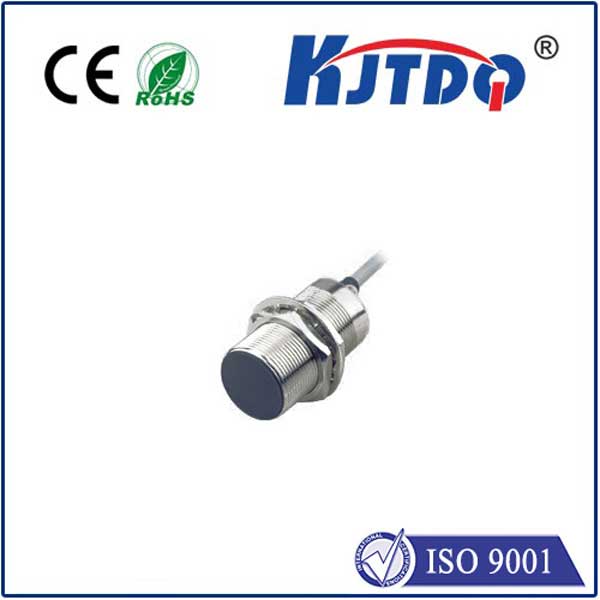brake pressure sensor
- time:2025-08-19 08:45:19
- Нажмите:0
The Silent Guardian: Understanding Your Vehicle’s Brake Pressure Sensor
That moment you press the brake pedal – it’s an act of pure trust. You trust the complex system beneath you to translate that foot pressure into reliable stopping power. While brake pads and rotors grab the spotlight, a small, often overlooked component plays a pivotal role in modern braking safety: the brake pressure sensor. This unsung hero is fundamental to the electronic systems keeping you in control.
What is a Brake Pressure Sensor and Why Does It Matter?
Essentially, a brake pressure sensor is an electronic monitor. Its core function is to precisely measure the hydraulic pressure generated within your vehicle’s brake lines when you apply the brake pedal. It then instantly converts this physical pressure into an electrical signal – a language your car’s central computer, the Engine Control Unit (ECU) or a dedicated brake control module, can understand.
Why is this conversion so critical? Modern vehicles rely heavily on electronic brake assistance and safety systems. Your simple pedal press needs to communicate seamlessly with complex technologies like:

- Anti-lock Braking System (ABS): Prevents wheel lock-up during hard braking or on slippery surfaces. The ABS module needs real-time pressure data from individual wheels (often via wheel-specific sensors) or the master cylinder to modulate brake pressure rapidly at each wheel.
- Electronic Stability Control (ESC) / Traction Control System (TCS): These systems help prevent skidding and loss of control. They often intervene by applying brakes to specific wheels. Knowing the driver’s intended braking pressure via the sensor is crucial for their operation.
- Brake Assist (BA): Detects emergency braking (based on the speed and force of pedal application) and maximizes braking pressure if the driver isn’t pushing hard enough. The sensor provides the key data on how fast and how hard the pedal is pressed.
- Brake-by-Wire Systems: In some advanced vehicles, the physical hydraulic connection is partially or fully replaced by electronic signals. Here, the brake pressure sensor becomes the primary input telling the system exactly how much braking force the driver demands.
How Does a Brake Pressure Sensor Actually Work?
While designs vary, the most common type is the piezoresistive sensor. Here’s a simplified breakdown:
- Location: Usually mounted directly on the brake master cylinder (measuring overall system pressure) or, crucially for ABS/ESC, at individual wheels or within the hydraulic control unit (HCU) to measure pressure at specific corners of the car.
- The Core: Inside the sensor is a sensitive diaphragm exposed to brake fluid pressure. As pressure increases, the diaphragm flexes minutely.
- The Magic: Attached to this diaphragm are piezoresistive elements. When these elements are strained (bent) by the diaphragm’s movement, their electrical resistance changes proportionally to the applied pressure.
- Signal Generation: An integrated circuit within the sensor measures this change in resistance and converts it into a varying voltage signal (e.g., 0.5V to 4.5V). This electrical output is directly correlated to the hydraulic pressure.
- Communication: This voltage signal is sent continuously, many times per second, to the relevant vehicle control modules via the vehicle’s Controller Area Network (CAN bus) wiring.
Symptoms of a Failing Brake Pressure Sensor
Like any electronic component, brake pressure sensors can malfunction. Warning signs are serious and should never be ignored, as they directly impact the operation of critical safety systems:
- ABS/ESC/TSC Warning Lights Illuminating: Perhaps the most common and direct indicator. The system detects an implausible or missing signal from the sensor. Don’t dismiss that glowing dashboard icon!
- Unexpected ABS Activation: ABS engaging during normal, gentle braking on dry pavement is a classic sign of faulty sensor data.
- Loss of Traction Control or Stability Control Functionality: These systems rely heavily on accurate pressure readings to operate. Their failure can be linked to sensor issues.
- Spongy or Unresponsive Brake Pedal Feel (in Brake-by-Wire systems): If the electronic “feel” system malfunctions due to bad sensor input, pedal feedback can be strange.
- Cruise Control Failing to Disengage When Braking: Cruise control systems typically use the brake pressure sensor signal as one method to detect braking and disengage.
- Reduced Braking Performance: While not always the case, a significant sensor failure could lead to degraded overall braking effectiveness, especially if influencing brake assist.
Maintaining This Critical Component
Brake pressure sensors are generally reliable but operate in a demanding environment – subject to heat, vibration, and hydraulic pressure cycles. Prevention is key:
- Brake Fluid Health is Paramount: Contaminated or moisture-laden brake fluid is a leading cause of sensor failure. It can corrode internal components and damage delicate diaphragms. Adhering strictly to the manufacturer’s brake fluid flush schedule is the single best way to prolong the life of all your brake hydraulic components, including sensors.
- Professional Diagnosis: If warning lights appear or braking behavior feels unusual, seek professional diagnosis immediately. Mechanics use specialized scan tools to read live pressure sensor data and diagnostic trouble codes (DTCs) pinpointing the issue. Don’t guess with brakes.
- Quality Replacement: If replacement is necessary, use high-quality OEM or reputable aftermarket parts. The accuracy and reliability of this sensor are non-negotiable for safety.
The Bottom Line: More Than Just a Sensor
The brake pressure sensor is far more than a simple pressure gauge. It’s a vital translator, converting the physical language of hydraulic force into the digital commands that power your car’s most sophisticated safety nets. It’s integral to systems that prevent skids, shorten stopping distances, and help maintain control in emergencies. By understanding its function and heeding the warning signs of failure, you ensure this silent guardian can continue its essential work – translating your trust into reliable, safe stopping power mile after mile. Your safety truly hinges on the accurate data this small, sophisticated device provides.


